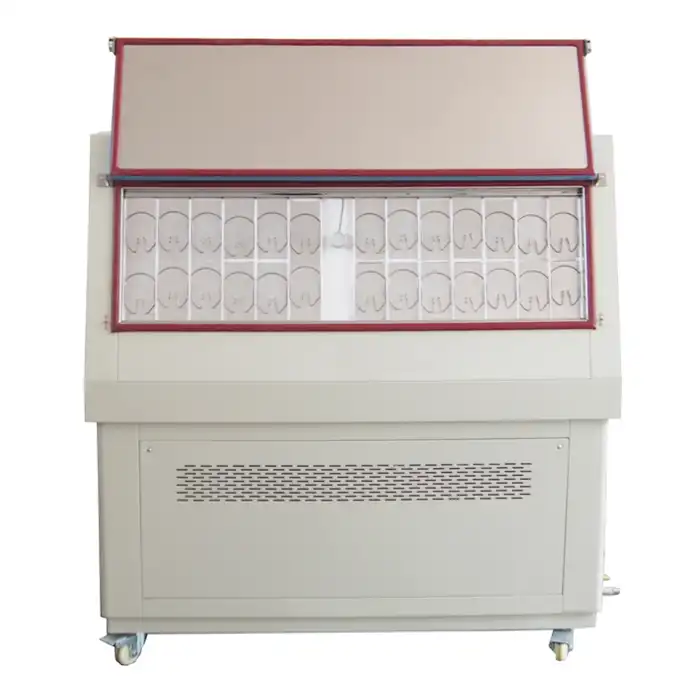Temperature cycling chambers, also known as thermal cycling chambers, are essential tools in various industries for testing the resilience and performance of products under fluctuating temperature conditions. These sophisticated devices simulate real-world environmental scenarios, subjecting materials and components to controlled temperature variations. In this comprehensive guide, we'll delve into the inner workings of temperature cycling chambers, exploring their components, processes, and applications.
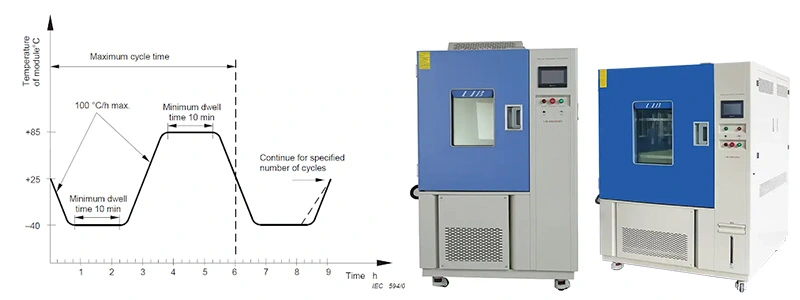
The Fundamentals of Temperature Cycling Chambers
Core Components of a Temperature Cycling Chamber
A temperature cycling chamber comprises several key components that work in harmony to create precise temperature fluctuations. The chamber itself is a well-insulated enclosure, typically constructed with stainless steel or other durable materials. Inside, you'll find heating and cooling systems, temperature sensors, and a programmable controller. The heating system often utilizes electric resistance heaters, while the cooling system may employ compressors and refrigerants or liquid nitrogen, depending on the required temperature range. Advanced temperature sensors continuously monitor the chamber's internal conditions, feeding data to the controller, which adjusts the heating and cooling systems accordingly.

The Science Behind Temperature Cycling
Temperature cycling chambers operate on the principles of thermodynamics and heat transfer. By rapidly alternating between heating and cooling cycles, these chambers can subject test specimens to thermal stress, simulating conditions they might encounter in real-world applications. The process involves carefully controlled rates of temperature change, precise dwell times at specific temperatures, and the ability to maintain stable conditions for extended periods. This cyclical temperature variation can reveal potential weaknesses in materials, identify thermal expansion issues, and test the durability of components under extreme conditions.
Precision Control and Monitoring
Modern temperature cycling chambers boast sophisticated control systems that ensure exceptional accuracy and repeatability. These systems allow users to program complex temperature profiles, including ramp rates, total program duration, and the number of cycles. Advanced chambers may also incorporate humidity control, allowing for the simulation of various environmental conditions. Real-time monitoring and data logging capabilities enable researchers and engineers to analyze test results comprehensively, making informed decisions about product design and quality assurance.
The Temperature Cycling Process Explained
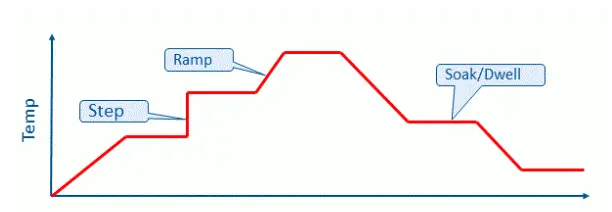
Initiating the Cycle
The temperature cycling process begins with the user programming the desired temperature profile into the temperature cycling chamber's controller. This profile typically includes parameters such as the starting temperature, target temperatures, ramp rates, and dwell times at each temperature point. Once initiated, the chamber's heating or cooling system activates to bring the internal environment to the initial set point. Precision temperature sensors continuously monitor the chamber's conditions, ensuring accuracy throughout the process.
Executing Temperature Transitions
As the cycle progresses, the chamber alternates between heating and cooling phases. During heating, the resistance heaters generate thermal energy, raising the chamber's temperature at the specified rate. Conversely, in the cooling phase, the refrigeration system or cryogenic cooling method rapidly lowers the temperature. The chamber's control system carefully manages these transitions, ensuring smooth temperature changes and preventing overshooting or undershooting the target temperatures. This precise control is crucial for maintaining the integrity of the test and producing reliable results.
Maintaining Stable Conditions
Once the chamber reaches a target temperature, it enters a "soak" or "dwell" phase. During this period, the control system works to maintain a stable temperature, compensating for any heat loss or gain. This stability is essential for allowing test specimens to fully experience the effects of each temperature extreme. Throughout the entire process, the chamber's monitoring systems record data on temperature fluctuations, humidity levels (if applicable), and other relevant parameters. This information is invaluable for post-test analysis and validation of test results.
Applications and Benefits of Temperature Cycling Chambers
Industries Utilizing Temperature Cycling Technology
Temperature cycling chambers find applications across a wide range of industries. In the electronics sector, these chambers are indispensable for testing the reliability of components under varying thermal conditions. Automotive manufacturers use them to simulate the extreme temperature changes vehicles may experience in different climates. Aerospace companies rely on temperature cycling chambers to test materials and components that must withstand the harsh conditions of space and high-altitude flight. In the pharmaceutical industry, these chambers play a crucial role in stability testing for drugs and medical devices.
Enhancing Product Quality and Reliability
By subjecting products to controlled temperature cycles, manufacturers can identify potential weaknesses or failure points before products reach the market. This proactive approach to quality assurance helps improve product reliability, reduce warranty claims, and enhance customer satisfaction. Temperature cycling tests can reveal issues such as thermal fatigue, component delamination, or material degradation that might not be apparent under normal operating conditions. Armed with this information, engineers can refine designs, select more appropriate materials, or implement additional protective measures.
Accelerated Life Testing and Research
Temperature cycling chambers are invaluable tools for conducting accelerated life testing. By exposing products to more extreme or frequent temperature changes than they would typically encounter, researchers can compress years of wear and tear into a much shorter testing period. This accelerated testing helps companies predict long-term product performance, estimate lifespan, and identify potential points of failure. In research settings, temperature cycling chambers enable scientists to study the effects of thermal stress on various materials and biological samples, contributing to advancements in materials science and life sciences.
Model: TR5-100 Heat load: 1000W
A : -20℃ ~ +150 ℃
Temperature Deviation: ± 2.0 ℃ Cooling Rate: 5 ℃ / min Heating Rate: 5 ℃ / min |
Conclusion
Thermal cycling chambers are sophisticated instruments that play a crucial role in product development, quality assurance, and scientific research. By simulating real-world temperature fluctuations in a controlled environment, these chambers help ensure the reliability and performance of countless products we rely on daily. Understanding how temperature cycling chambers work provides valuable insight into the rigorous testing processes that contribute to the safety and durability of modern technologies.
Contact Us
Are you looking to enhance your product testing capabilities with state-of-the-art temperature cycling technology? LIB Industry offers turn-key solutions for environmental testing, including advanced temperature cycling chambers tailored to your specific requirements. Contact us at info@libtestchamber.com to learn how our expertise can support your testing needs and drive innovation in your industry.



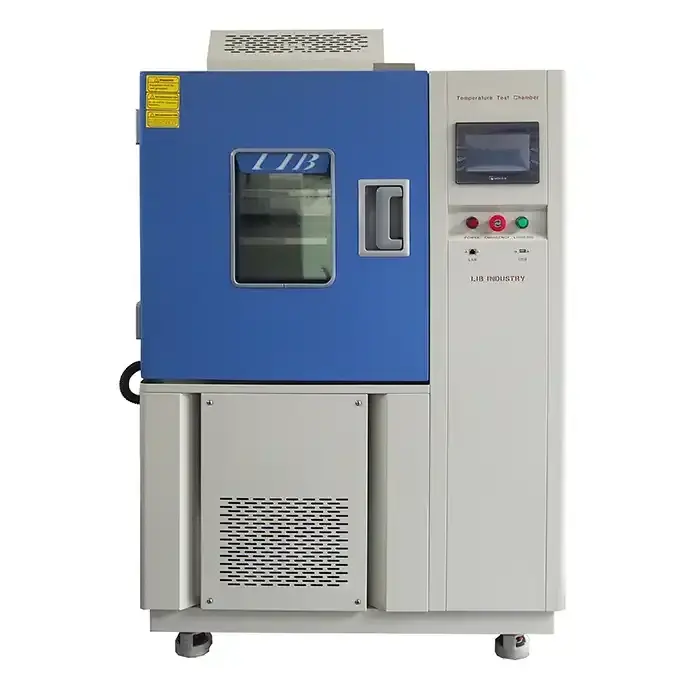
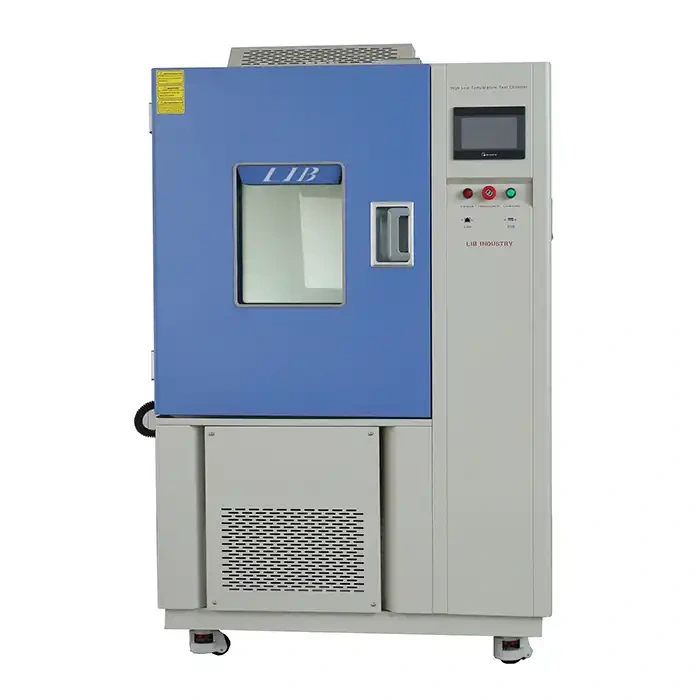
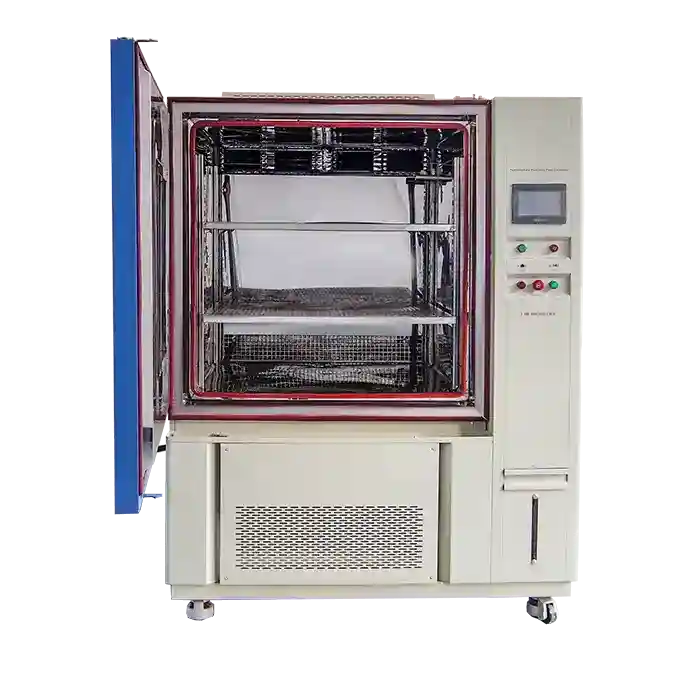
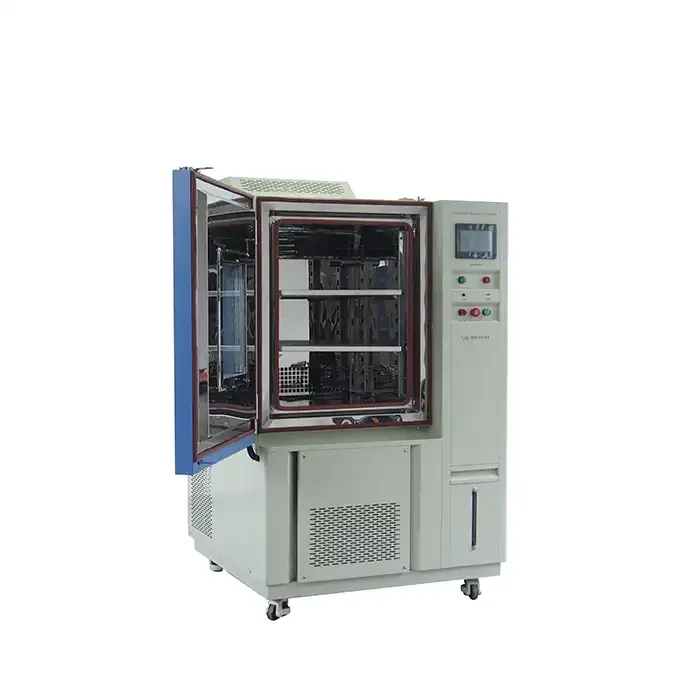

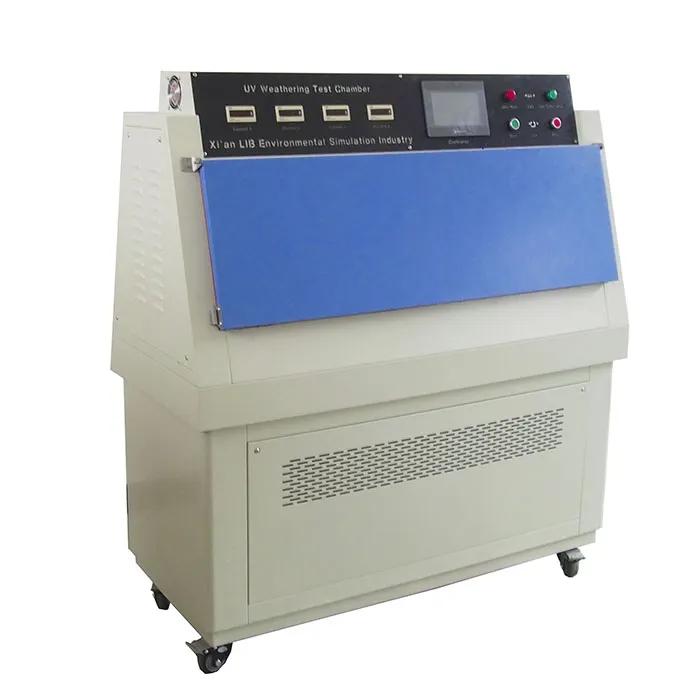
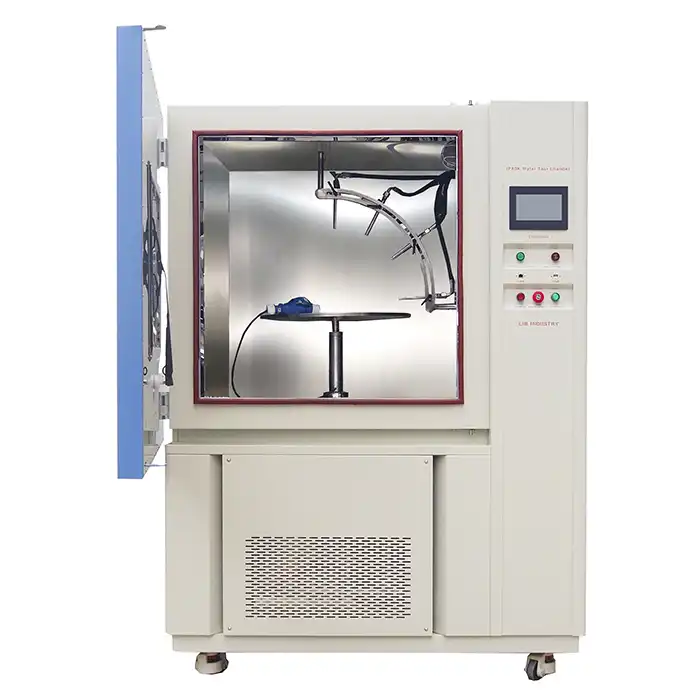
.webp)
